Part one of our road-trip to Japan started on the southern island of Kyushu.
The flight was the longest that we have undertaken with the children, although I was not overly concerned. They are now seasoned travellers, coping for the most part better than I do on long-haul flights. This is thanks to practice and good nature on their part and trying to master how to keep children entertained on long-haul flights, on mine. It also helps that they are half of our size and able to sleep comfortably in their seats, without theirs heads rolling from their necks every 3 minutes, jolting them awake with the fear of awakening on a strangers shoulder.
We travelled on Cathay Pacific, who were brilliant and family focused (one of our top airlines for travel with children). We stopped for a quick change of aircraft in Hong Kong, before touching down in Fukuoka, beginning our road (and rail) tour of Japan.
Beginning our Japanese road trip
We immediately received an organised and friendly welcome from everyone we met, from airport officials to the car hire company, where the staff went out of their way to ensure our destination was programmed into our sat nav before setting off, even calling our accommodation to ensure the correct location for parking.
It had been a long journey and despite everyone being in great spirits, tiredness was setting in. Whilst my husband familiarised himself with the new vehicle controls, I purchased an ‘iced’ coffee from a nearby vending machine, only to discover it was dispensed hot. Hot coffee in a tin can. Hello Japan.
We set off on the start of our journey, marvelling at the many neon lights surrounding Fukuoka. As we moved away from the City, the light faded rapidly and we travelled for sometime on an easy to navigate but very dark main road, before arriving at our first stop of Hita.
Discovering Hita
There are plenty of choices of accommodation in Hita, but we opted for a guesthouse called Yasurgi, as it appeared to offer an authentic style of room in the heart of the town.
We certainly were not disappointed. Yasurgi guesthouse was simple to locate, with free parking included. Our host Yoshimi welcomed us with open arms, despite the lateness of our arrival. After politely requesting that we change our shoes for the slippers provided, our first cultural lesson, she showed us to our very own Washitsu, a traditional Japanese room with tatami flooring.
Despite two days of travelling the children were delighted to find that the room had no beds, rather we had futon cushions to pull out on to the floor and furry blankets to cosy up with. It had been a long day, we slept well, albeit just 3 inches above the ground.
We awoke early and headed straight out to explore our surroundings, crossing the Mikuma River that ran alongside our room and into peaceful Kizan park. We found shrines and a small temple, it was the perfect place to collect our thoughts and overcome our jet-lag, as we began our Japanese adventure.
Exploring Aso Kujū National Park
The following days we made the most of our base, with a highlight being the drive to Mt Aso, a nearby active Volcano. It is the largest active volcano in Japan, amongst the largest in the world. We arrived to the Volcano base camp, greeted by the smell of sulphur and flashing warning lights. The track, which can usually be driven up to access the upper car park was closed and tannoy announcements informed us that the peak was closed due to excessive volumes of gases being produced by the volcano. We decided to wait it out, stopping for lunch overlooking the park and hoped that the gasses dissipated by the time we finished our noodles.
By the time we returned the gas grading had reduced from a red to amber, meaning we were able to proceed with caution up the track. Peering into the crater of a live volcano as it spewed gases around us was incredible but not somewhere we could hang around for long. The gases soon increased again and as our eyes began to water, we knew before the warning alarm started that it was time to leave.
If you plan to make to journey, be sure to check the volcano status before you leave or arrive early to give you enough time to wait it out if need be.
Visiting a Japanese Onsen with children
Japan is famous for its abundance of natural hot springs, named locally as Onsens. You will find all standards of Onsen to visit on Kyushu, varying from traditional inns situated around a hot spring to 5* spa hotels.
We were lucky enough to be travelling around Kyushu for sometime, which gave us the chance to find the perfect Onsen for our needs. We chose something modest, a small family run Onsen which compromised of changing rooms and separate male and female rockpool style hot springs.
I had researched Onsen etiquette before we went and checked with our host that we were ok to take our children in. We were all a little apprehensive as our understanding was that whilst genders were separated, it was stated that bathing suits were not allowed and not one of us was confident about the thought of nakedness with strangers! Luckily for us it was a private affair, with only the four of us in the place. The water was incredibly hot, almost too hot for the children, but the experience incredible.
It is worth noting that officially you are not allowed in the Onsen if you have a tattoo, so try to cover up with a waterproof plaster if you can.
A welcoming culture
Beyond the natural wonders that we experienced whilst in Japan, the biggest impression was made by the people. Despite the cultural differences, the people were without doubt the kindest and most welcoming we have ever experienced. They went out of their way to ensure we experienced Japan at its very best.
A highlight was our host in Hita, accompanying us out for an evening in a local bar, where the locals welcomed us in and spent the evening teaching our children how to play with a Kendama, whilst we were introduced to a travelling cheese sales man that adored Shropshire Blue and a retired Sumo wrestler.
Ultimately those are the moments that we love to experience as a family and the sections we reminisce on the most. It is the “in-betweens” that bring us together and help us to truly understand and reflect on the culture surrounding us. For this reason we highly recommend experiencing Japan with children, ideally head off on your own Japanese road trip, for then you will really see the beauty of this magnificent country. Not at the foot of Fuji or within the bright lights of Tokyo, the “in-between” is where the magic lies.
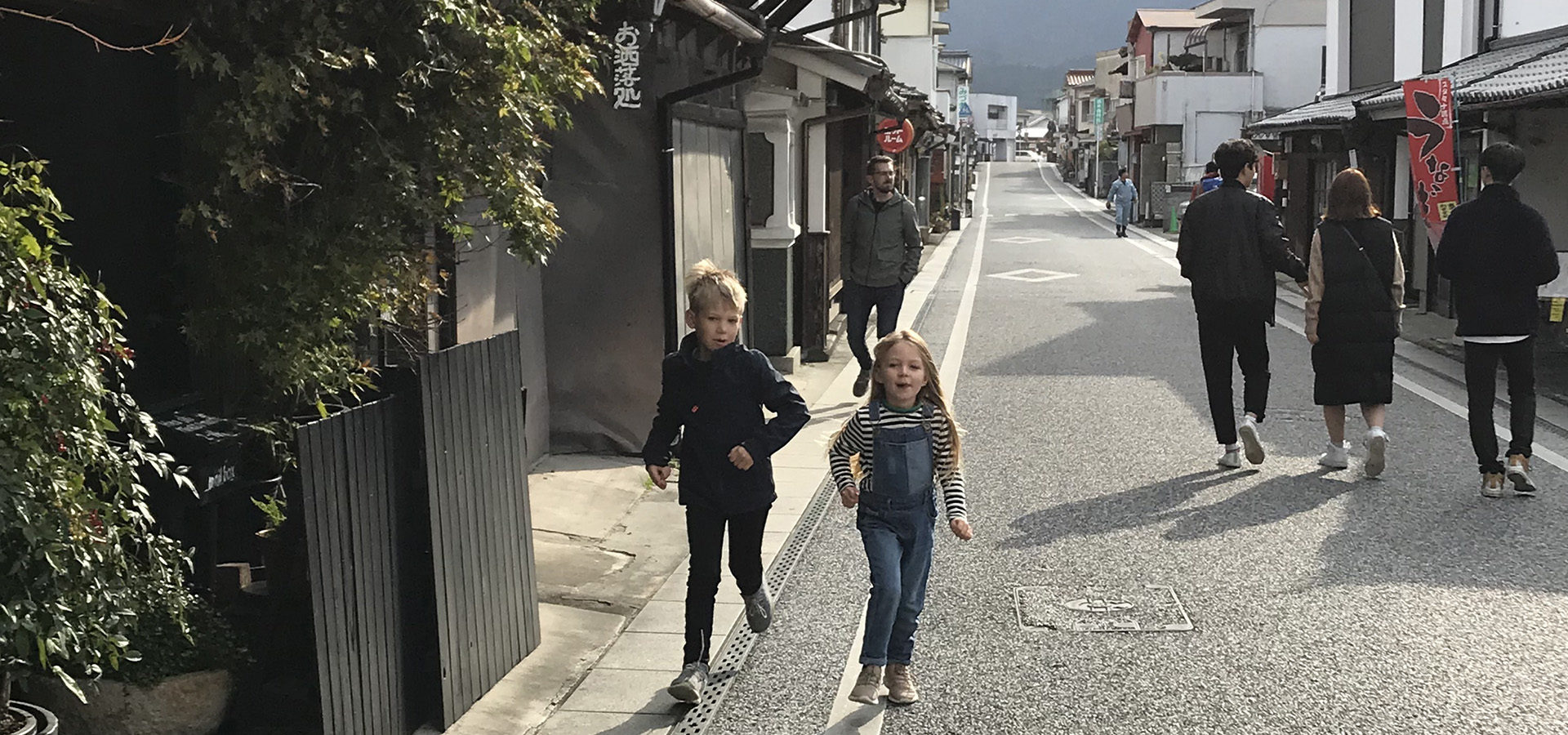
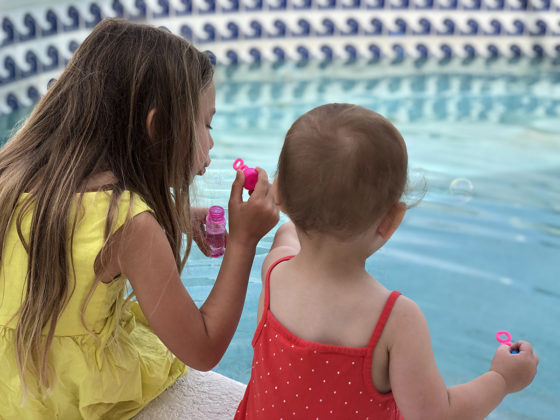
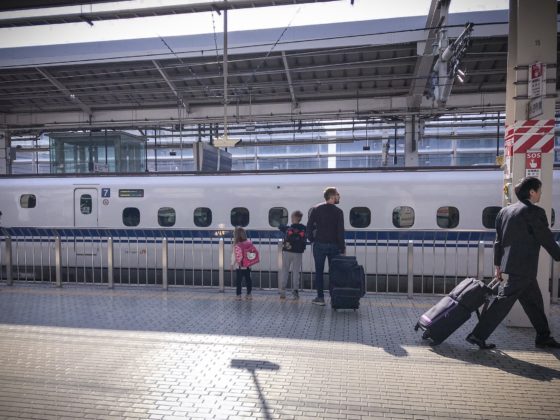
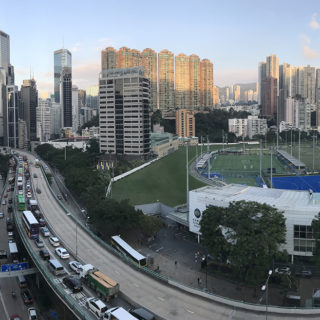
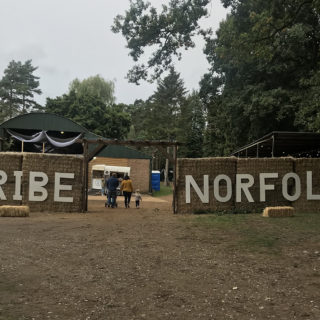
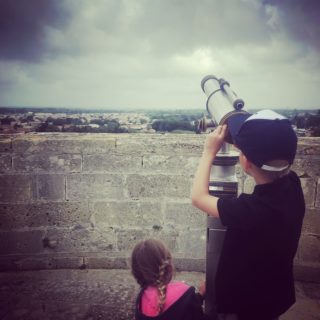
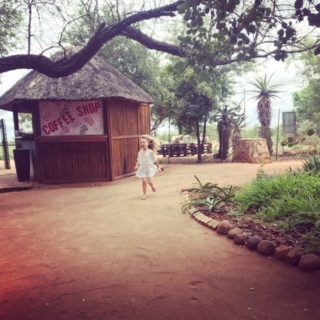


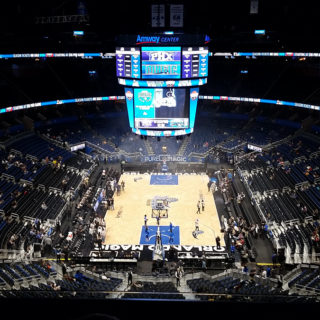
1 comment
Comments are closed.